Winter crop is the largest crop production season of the year, bringing high income to farmers. However, in the complicated weather conditions like this year, how to have a safe and effective winter crop, Ninh Binh Newspaper reporter had an interview with Comrade La Quoc Tuan, Deputy Head of the Department of Crop Production and Plant Protection (Department of Agriculture and Rural Development) about this issue.
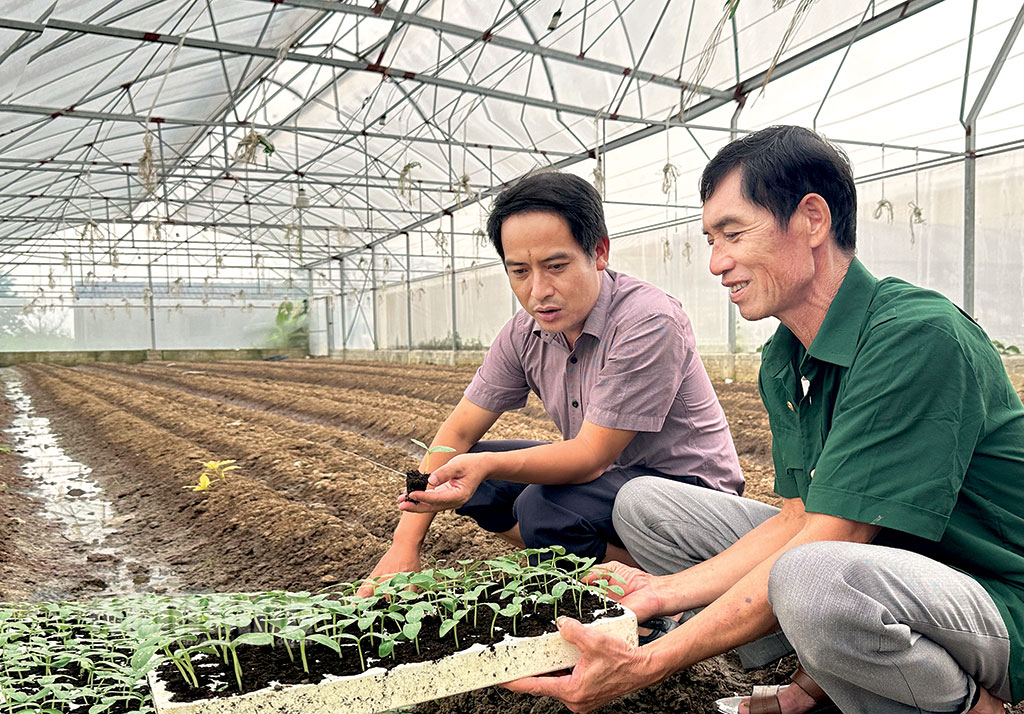
Engineers from the provincial Agricultural Extension Center instruct farmers in Yen Mo district on measures to protect vegetable crops in rainy weather conditions. Photo: Ha Phuong
Reporter: How do you evaluate the potential and effectiveness of the winter crop?
Comrade La Quoc Tuan: Winter crop is a special crop and an advantage of the Northern provinces. The 3-4 cold winter months with the transition of early and late season temperatures create a rich diversity of crop varieties. In this crop, we can grow both warm-loving, cold-loving and neutral vegetables.
In particular, winter crops have a very potential consumer market, many types can be processed for export such as: sweet corn, vegetable soybeans, potatoes, spinach... In many areas, farmers have a tradition and high level of intensive farming, only need to work in the winter crop for about 3 months to have an income 3-5 times higher than a year of rice farming.
Therefore, for many years, the winter crop has always been identified as an important production crop, providing many agricultural products with high economic value and efficiency, contributing to increasing farmers' income as well as making a significant contribution to the growth of the entire agricultural sector. As evidenced by the fact that in the 2023 winter crop, the whole province only planted 7,660 hectares of crops, but the total production value is estimated at more than 1,026 billion VND, thus, on average, 1 hectare of winter crops has a value of up to 134.03 million VND (2-2.5 times higher than rice).
Many crops have particularly high income per hectare such as: flowers of all kinds over 600 million VND, chili peppers 382 million VND, potatoes nearly 200 million VND, vegetables of all kinds 180 million VND, taro about 150 million VND...
Reporter: Obviously the economic efficiency of the winter crop is very good, why has the winter crop area continuously decreased in recent years? Can you explain this?
Comrade La Quoc Tuan: The area of winter crops tends to decrease partly because the area of agricultural land is increasingly narrowed to serve industrial and urban development. Moreover, recently, due to the impact of climate change, the weather has always been complicated, affecting the growth rate and development of winter crops. In many years, there was heavy rain at the beginning of the crop, farmers had to sow and re-sow, leading to a feeling of discouragement.
In addition, the prices of agricultural materials such as seeds, fertilizers, and pesticides are high, while the "output" of agricultural products is unstable, so farmers are not encouraged to invest in intensive farming. Another problem is that in recent years, with the development of industrial parks and clusters, a large number of young workers have been attracted to work in enterprises, so the rural labor force has decreased in both quantity and quality. In particular, the biggest obstacle for agricultural production in general, and the winter crop in particular, in the province is that the land is still fragmented and small-scale, making it difficult to apply mechanization, apply scientific and technological advances, and form large production areas.
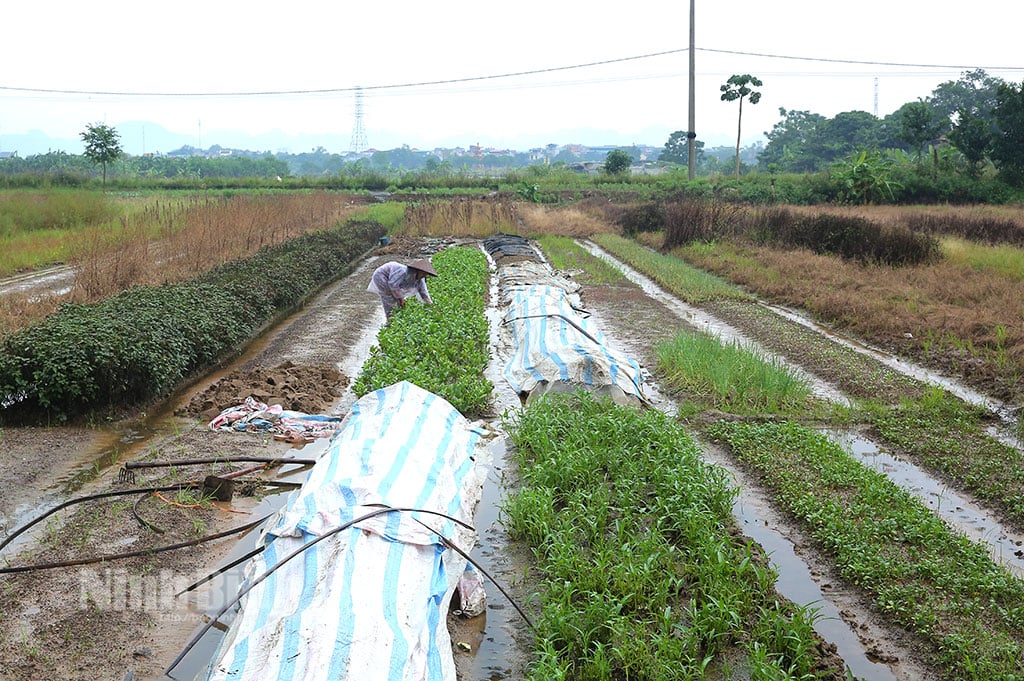
Reporter: So, agricultural production in general and winter crops in particular are facing many difficulties. This winter crop, right from the beginning, the weather has been very extreme, with prolonged heavy rains... Difficulties on top of difficulties, so what solutions and recommendations have the professional agencies made to help farmers have a safe and effective crop?
Comrade La Quoc Tuan: The heavy rains in the second half of July caused many areas of Summer-Autumn rice to be flooded, prolonging the growth and development period, especially the areas of rice that had to be replanted, leading to late harvest. This has a certain impact on the planting season of warm-loving Winter-Autumn crops.
Furthermore, since the beginning of September, the weather has been continuously raining heavily, causing many fields to be flooded, the soil to be sticky, and up to now, most of the winter crops have not been able to be planted. The areas that have been planted are also more or less affected, the plants grow and develop slowly.
However, besides the difficulties, there are still advantages when forecasting that in late September and early October, the weather will be more stable, there will be no more heavy rain. In particular, farmers are currently facing market opportunities because after Typhoon Yagi and floods, many vegetable growing areas in the North and Central regions were almost "erased" and could not be repaired in time, so the supply is in short supply. Therefore, localities need to focus on directing to seize market opportunities, maximizing the area if possible.
However, there are a few points to note: Firstly, based on the land, high or low terrain and the production experience of farmers in each locality... it is necessary to clearly determine what crops to plant, on what type of soil and when to plant them to be safest to be less affected by adverse weather, especially rain and flooding. Whatever crops are planted, they must be safe.
Secondly, this year the cold air is forecast to come earlier than usual, so farmers must strictly follow the crop calendar. Warm-loving crops such as corn, squash, pumpkin, peanuts, etc. must be planted before October 5th, otherwise it will affect their growth, development and productivity later.
With the current rainy weather conditions, farmers can base on the expected harvest time of the early season rice crop to plant seedlings in advance, both safely and taking advantage of the season. Along with that, apply technical measures for planting by covering the bed with straw and nylon; use low canopy in the production of seedlings and short-term leafy vegetables to limit pests, weeds, and keep the soil moist.
In addition, before entering the winter crop production, production facilities and local authorities need to help people find outlets for their products by linking with businesses, considering businesses as sponsors. At the same time, production must follow market standards and requirements (Viet GAP, Global GAP) or according to the standards of the ordering business.
On the part of the professional agencies, we are implementing synchronous solutions to strengthen agricultural extension work; forecasting, planning, pest control, and plant protection. At the same time, we are reorganizing production for farmers into groups of households, cooperatives, and cooperatives to create links between farmers, the state, science and technology, and businesses in building raw material areas, preserving, and consuming agricultural products.
Reporter: Thank you, comrade!
Nguyen Luu (performed)
Source: https://baoninhbinh.org.vn/de-san-xuat-vu-dong-an-toan-hieu-qua/d2024092616489512.htm


![[Photo] General Secretary To Lam and international leaders attend the parade celebrating the 80th anniversary of the victory over fascism in Russia](https://vphoto.vietnam.vn/thumb/1200x675/vietnam/resource/IMAGE/2025/5/9/4ec77ed7629a45c79d6e8aa952f20dd3)
![[Photo] Prime Minister Pham Minh Chinh chairs a special Government meeting on the arrangement of administrative units at all levels.](https://vphoto.vietnam.vn/thumb/1200x675/vietnam/resource/IMAGE/2025/5/9/6a22e6a997424870abfb39817bb9bb6c)

![[Photo] Magical moment of double five-colored clouds on Ba Den mountain on the day of the Buddha's relic procession](https://vphoto.vietnam.vn/thumb/1200x675/vietnam/resource/IMAGE/2025/5/9/7a710556965c413397f9e38ac9708d2f)
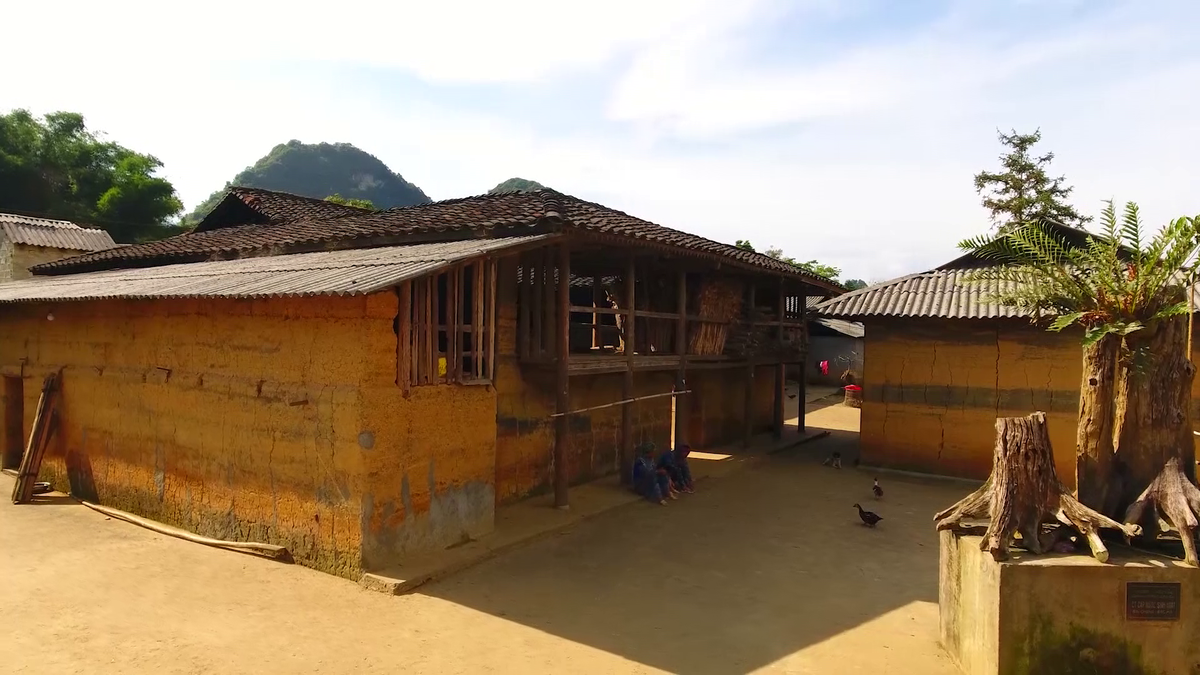
![[Photo] Russian military power on display at parade celebrating 80 years of victory over fascism](https://vphoto.vietnam.vn/thumb/1200x675/vietnam/resource/IMAGE/2025/5/9/ce054c3a71b74b1da3be310973aebcfd)











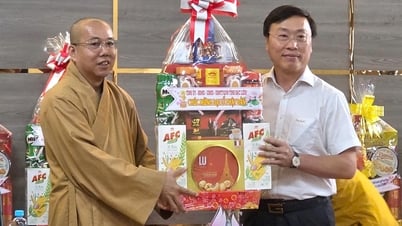




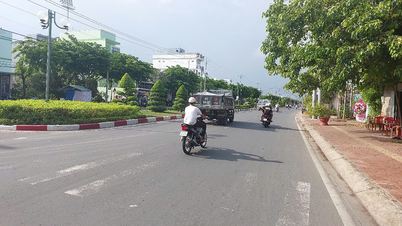







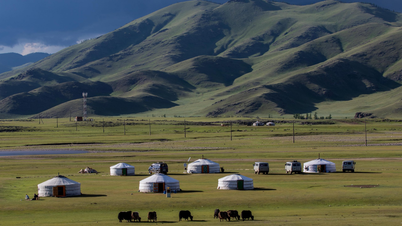
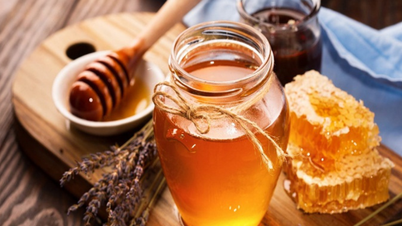
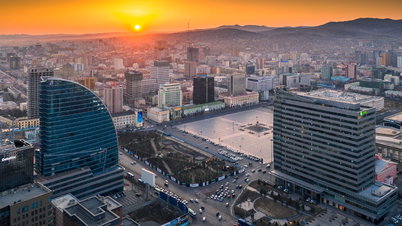



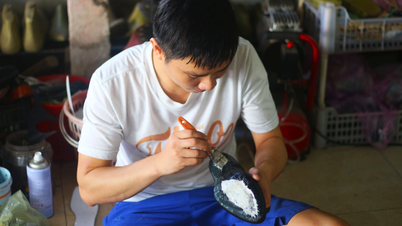








































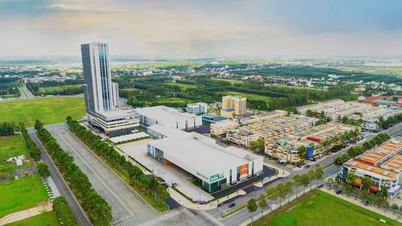





















Comment (0)